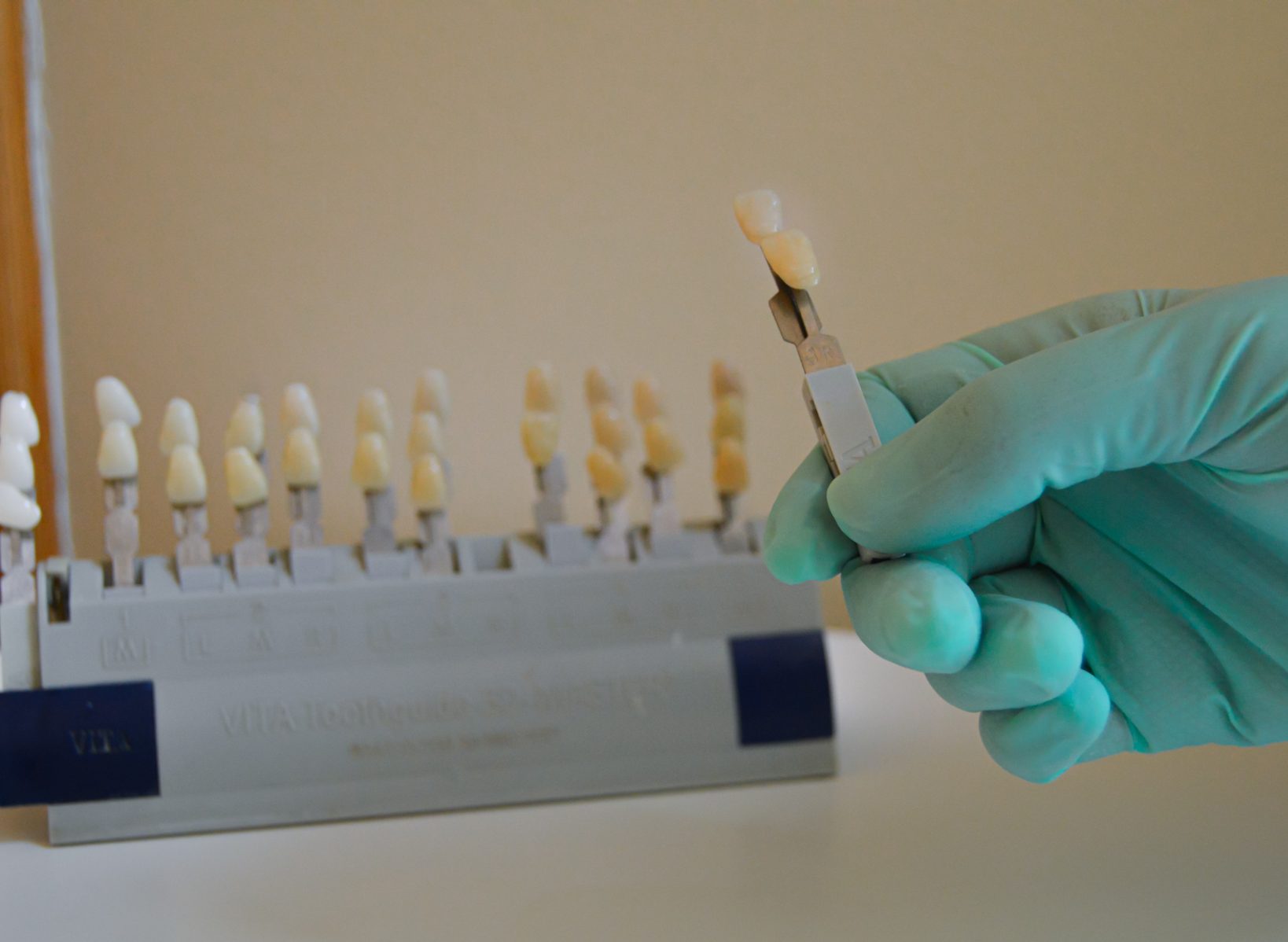Do you need a crown?
What is a Crown?
In this context it is not the one used on top of a king’s head, but rather it is a covering or cap on top of a damaged tooth. It can be used over a tooth with a relatively large filling or a tooth that had a root canal. In some cases it may be used for cosmetic reasons like making an ugly looking tooth look better.
What is a crown made of?
Crowns have been known for a long time and have gone through a long history of evolution and improvements. Some older crowns are made of gold and they can withstand time and most type of pressures. However they may look a bit weird and are usually mentally associated with villain movie characters so not everyone is willing to go for it.
Porcelain is another material used for making crowns. It looks more like a tooth but it is weaker than metal crowns. Composite crowns made of silicon and plastic components also look natural and they are relatively durable but tend to wear out from chewing.
Crowns made of porcelain fused into metal is another type that is more durable than regular porcelain or composite types but sometimes the metal may show at the bottom side.
Living with a crown
Crowns are generally durable and should last for a long time. However you still need to care for them and brush your teeth and make sure not bite on them with very hard food or objects as this may cause them to crack. Make sure to check your crowns as part of your regular dentist or hygienist visits.
When do you need a crown?
If you have a cracked tooth, a crown will not help as they do not heal like broken bones. However, for a broken or a week tooth a crown can help provide the needed protection. A crown is also used to protect a tooth with a relatively large filling or after a root canal operation. It can also be used to cover a dental bridge in place.
It can also be used for some cosmetic reasons such as covering a discolored or ugly tooth. A crown is also used after dental implant operations. In children, a crown is sometimes used to cover a week or decayed tooth until it is naturally replaced. A root canal renders a tooth ‘lifeless’ and becomes prone to fracture. A crown can maintain a longer life span for a tooth after a root canal.
When a Crown is not needed?
Generally speaking, relatively small fillings, silver, and composite filling for teeth that still maintain most of its structure will usually not require a crown. Discuss your case with your dentist before deciding if you need a crown or not.
How it is done
Your dentist will take the measure and shape of your tooth. The dentist may need to file or grind 0.5-1.2 mm from the tooth with special tools to create some space for the crown. A tooth impression is then taken to be used to make the crown. The crown is made to match the shape and color of your tooth.
Once the new crown is ready, your dentist will install it in place after removing any temporary crown that was used (if any). The dentist will adjust the crown in place, do some chewing test and file the crown to make sure it does not impact your overall teeth and jaws system and to provide you with as natural as possible look and feel.
Once you have the crown in place you need to care for it like your natural teeth and make sure to apply your daily and periodic dental care to your teeth in general. Do not apply too much pressure on a crown as it may crack and it is not expected to be as strong as your natural teeth anyway.
Crown alternatives
In some cases a dentist may offer an alternative to the longer-term crown. A short-term filling maybe used until the patient can afford to pay the more expensive crown or until a final decision is made on how a tooth will be treated. This can buy you some time while providing better protections until the time comes to apply a more permanent solution.
Indirect resin crowns (zirconia, E-MAX, CAD-CAM) maybe also used which can provide a quick protection and, in many cases, can be prepared in the same clinic by the doctor as a short-term solution. A provisional crown is also used as a temporary solution until the patient is ready for the more expensive longer-term crow. It is usually prepared in clinic and is ready to apply in a relatively short time.
In Conclusion
Several factors come into play when deciding whether you need a crown or not: Cost, durability, and strength. Cosmetic needs also can influence your decision. Looking for a great smile and a discolored or ugly tooth is in the way? A crown can be an option in this case too.
If you need to go through some preparations or tooth treatment before applying a crown, this can increase the total cost significantly. This comes with some inherited risks though. Your tooth will be subject to risk of getting broken or cracked if left without a crown. Always discuss your options with your dentist and learn about available alternatives for short term and long-term tooth protection aesthetics solutions.
